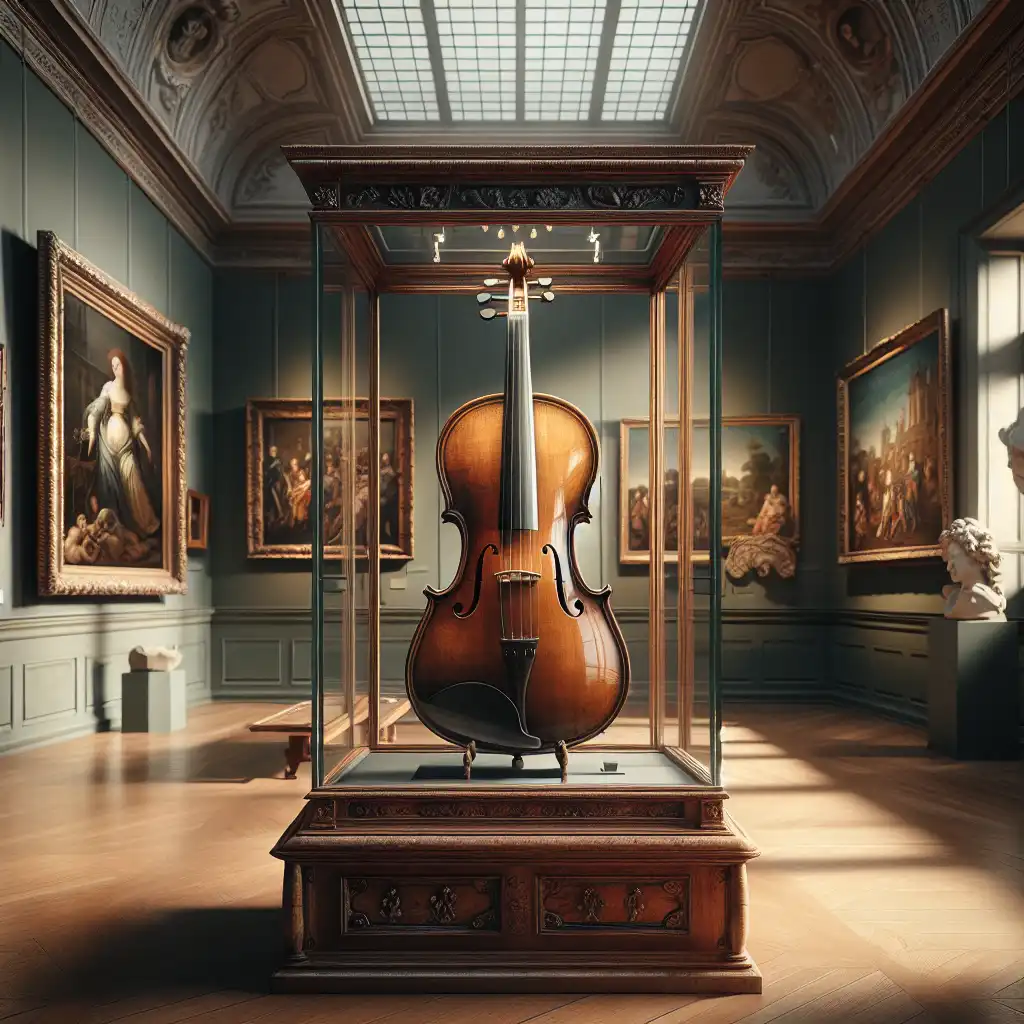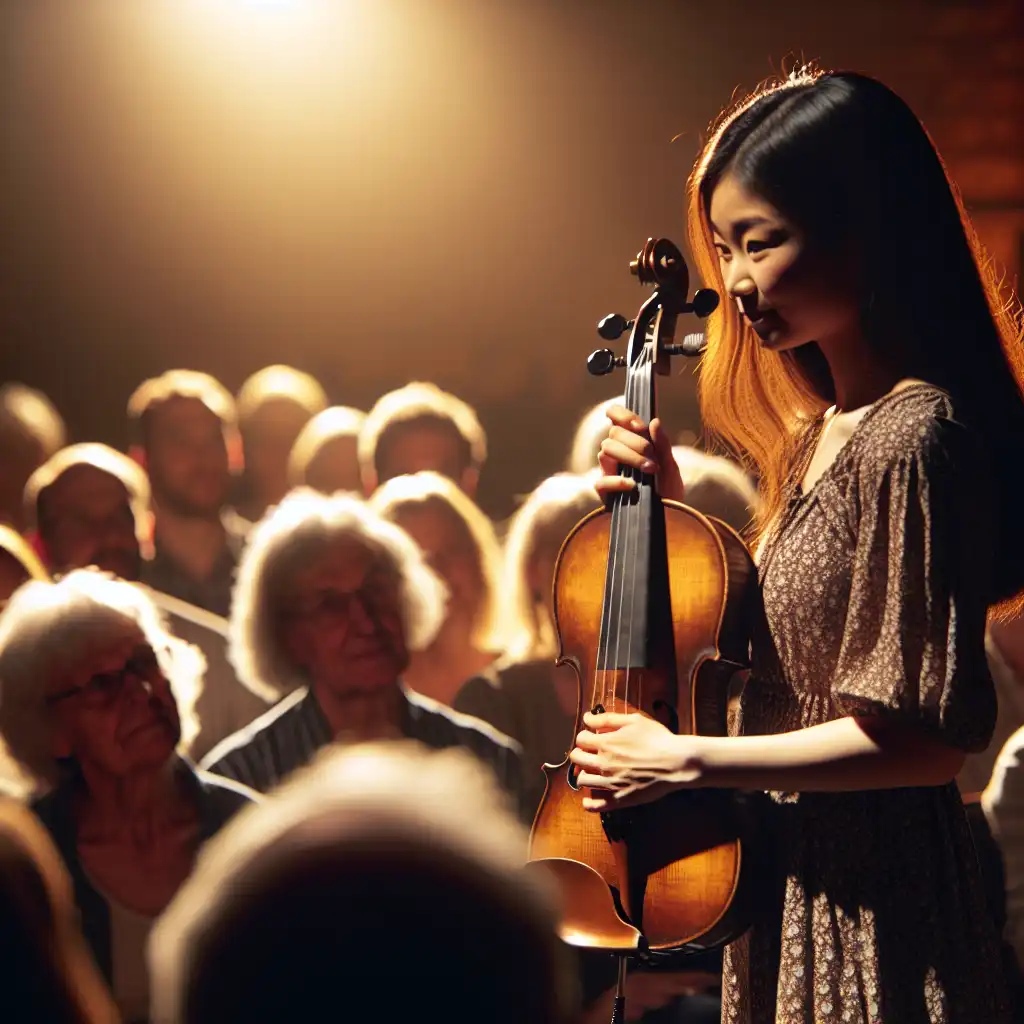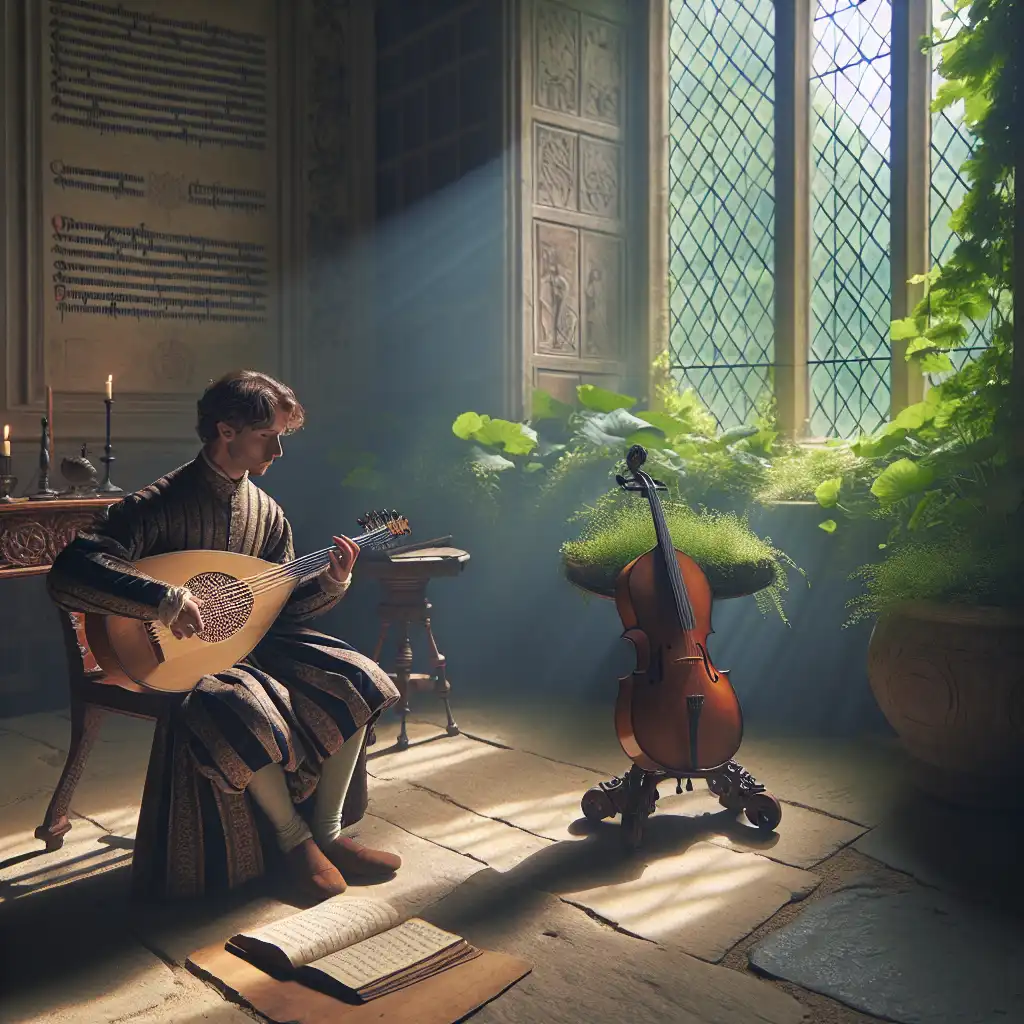
Viol
Historical Context
The viol is from the Renaissance and Baroque eras, which informs its classical, antique context.  The museum's Renaissance exhibit features a viol from the 16th century.
The museum's Renaissance exhibit features a viol from the 16th century.
Cultural Significance
Understanding the viol includes knowing its significance in old European music traditions.  During the concert, the musician explained the viol's cultural significance before playing.
During the concert, the musician explained the viol's cultural significance before playing.
Archaic Usage
The term 'viol' is rarely used today, being primarily associated with historical or specific musical contexts.  He's skilled in archaic instruments like the lute and the viol.
He's skilled in archaic instruments like the lute and the viol.